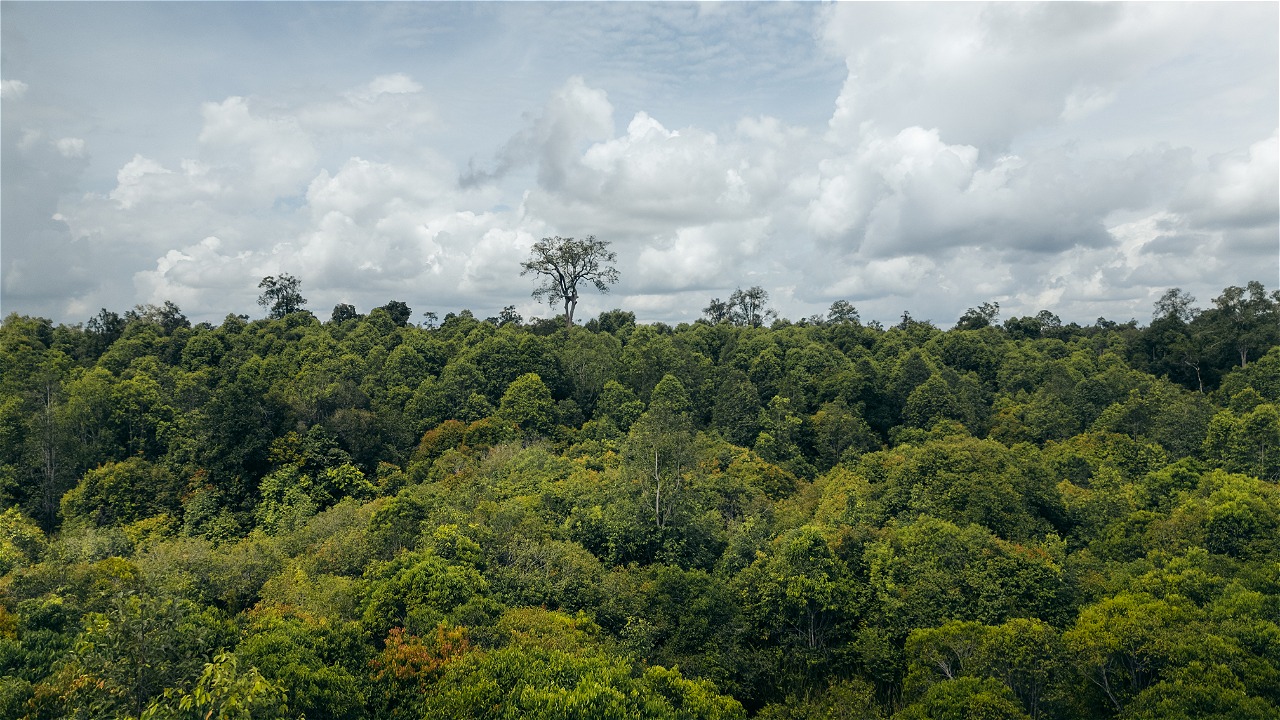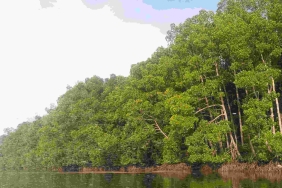REALIZING SUSTAINABLE DEVELOPMENT SYNERGY IN THE HEART OF BORNEO
JAKARTA (28/9)- The Betung Kerihun National Park (TNBK) and Danau Sentarum National Park (TNDS) Corridor Area in the Heart of Borneo which is designated as a District Strategic Area (KSK) in the 2014-2034 Regional Spatial Plan (RTRW) of Kapuas Hulu District is a reflection of the principle of sustainability. This is in line with the Spatial Plan (RTR) of Kalimantan Island as stipulated in Presidential Regulation No. 3/2012. The first objective of the Kalimantan Island RTR is to realize the preservation of conservation areas, biodiversity, and protected function areas with wet tropical forest vegetation, at least 45% of the area of Kalimantan Island as the lungs of the world.
At present, upstream and downstream dependence in the corridor area is very high, with the growth of the population continuing to grow, space management in the villages has not been managed optimally. Therefore, it is necessary to plan and synergize programs between parties and involve the community in planning and implementation.
To support the strategy of realizing the KSK Corridor, synergy of policies, plans and programs is needed, starting from the national to the regional level. This has prompted the KSK Corridor Expos Workshop held in Jakarta on Monday (28/9), which was attended by representatives from 12 Ministries and Government Agencies, local governments, and NGOs. The meeting specifically discussed the concept of the development of the TNBK-TNDS corridor in Kapuas Hulu District in order to produce recommendations for further discussion in the context of management.
"Heart of Borneo (HoB) as a National Strategic Area (KSN) in the Kalimantan Island RTR is a mandate that the area is always managed based on conservation principles to realize sustainable development," said the Chairman of the HoB National Working Group, Prabianto.
"To realize the function of the KSK of the TNBK - TNDS Corridor, land use policies, green infrastructure development including growth centers that utilize natural resources in a sustainable manner, establish provisions for control and utilization of space, regulate institutions, and regulate the rights, obligations and roles of the community," explained the Regional Secretary of Kapuas Hulu Regency, Muhammad Sukri.
Head of the TNBK Center, Arief Mahmud added, "The strategic value of the two national parks, TNBK upstream and TNDS downstream, as providers of various ecosystem functions and water use is very important to be considered as one of the important functions of the KSK TNBK - TNDS Corridor."
"This corridor becomes very essential as a link, for the sustainability of biodiversity, ecosystem protection, flora and fauna, including the key species in Kapuas Hulu Regency, the Orangutan," continued Arief.
"The synergy of the KSK Corridor development will be a model of collaborative development between the central and local governments in achieving sustainable development in West Kalimantan, within the scope of the HOB region. Participatory collaboration between stakeholders requires the right management strategy, from planning, implementation, to monitoring and evaluation," concluded Kalimantan Regional Leader, WWF-Indonesia, M. Hermayani Putera.
From today's meeting, it is expected that there will be integration of national and regional development plans and programs in the KSK TNBK-TNDS Corridor, as well as support and commitment from relevant ministries to integrate the KSK TNBK-TNDS Corridor in the national program plan.
For more information, please contact:
Amri Yahya | Spatial Planning Coordinator, WWF-Indonesia West Kalimantan Program
Jl. Karna Sosial Gg. Wonoyoso II No. 3 | Tel. (0561) 734049 / HP. 08156544627 | Email: amriyahya@wwf.or.id





